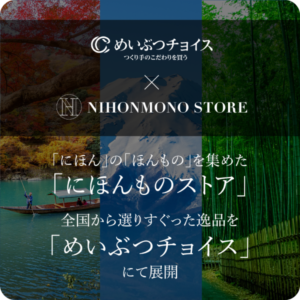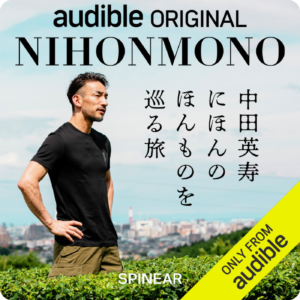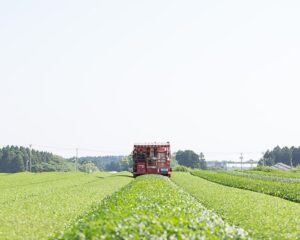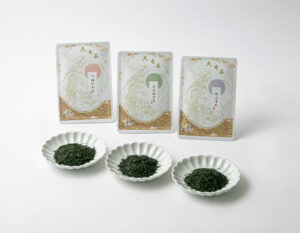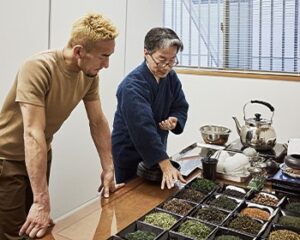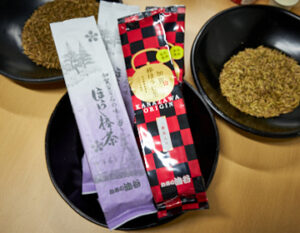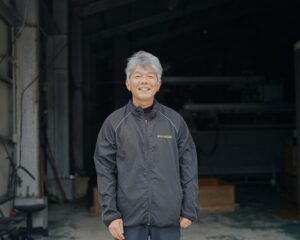Aiming to create “tea that surprises and impresses the drinker,” Amma Seicha produces tea from its own unique perspective and ideas.
His attitude of never forgetting to challenge himself in pursuit of the ultimate taste of tea is bringing a new wind to the tea industry.
A unique background that led him to the world of tea in Shizuoka Prefecture
When most people think of Shizuoka Prefecture, they imagine large tea plantations stretching across the Makinohara Plateau, but Yasuma Seicha is located in Fukuroi City. Located in the southwestern part of Shizuoka Prefecture, Fukuroi City is famous for its melons, but tea has also been grown in the hills between the mountains since before World War II. Fukuroi City is said to be one of the oldest tea growing areas in Shizuoka Prefecture.
Amma Seicha was founded in 1946 by the first generation, Gohei Amma, and Kosuke is the third generation. Although not large in scale, the company has been in business for over 70 years, with the family handling everything from cultivation to processing and sales.
A tea plantation spreads out in front of the house, and a tea factory is also located on the premises. Every time I breathe, I feel the fresh aroma of tea tickling my nose.
Would you like to try picking tea? Nakada took Mr. Amma’s invitation and got on the tractor for tea picking for the first time.
It feels so good,” he said. Nakada was also soothed by the beauty of the tea fields.
Kosuke Amma, a third-generation tea farmer, has a unique career path. He was a high school Japanese teacher before becoming a web writer, and when he married, he took over his wife’s family’s business and started his own tea business.
My wife and I were classmates in junior high school. We are both from the area, so I grew up surrounded by tea plantations. However, I had only ever drank tea from a plastic bottle (laughs). I was so surprised when I drank the tea my wife brewed for me that I wanted more people to experience it. Of course, I didn’t have the skills or knowledge to be a tea farmer at first, so I studied at Shizuoka Prefectural College of Agriculture and Forestry first, and then started farming, ” said Amma. After having various experiences as a working adult, he studied at the school, which probably helped him develop his own unique way of thinking.

Tea with a particular flavor and sweetness
Amma Seicha’s teas have won awards in various contests, and in addition to its regular green teas, the company also produces Hakuha-cha ( white-leaf tea). The tea is grown under a specific timing of shading of at least 99.99% of the leaves from the sun. By doing so, the leaves turn white and the content of amino acids, the source of sweetness, increases dramatically. Specifically, the amino acid content is three times higher than that of ordinary sencha and approximately twice as high as that of gyokuro, which is known as a high-end tea. In addition, the amount of catechins, which are bitter components, is greatly reduced, resulting in a rich flavor and refreshing sweetness. Because of the difficulty of cultivation and production and the time and effort required, there are only a few tea growers, making it a rare and precious commodity. Mr. Amma also received the Minister of Agriculture, Forestry, and Fisheries Award for his research and presentation of this white-leaf tea.
I think there are many young people like me who have grown up not knowing the true taste of tea. I think it is my role from now on to think about how to make such people aware of the appeal of tea,” said Amma enthusiastically. To convey the true appeal of Japanese tea is something that only Mr. Amma, who is continuously pursuing delicious tea and trying to convey it to as many people as possible, can do.

Pursuing delicious tea to the end of the road
In addition to the pursuit of delicious tea leaves, Mr. Amma also pursues the deliciousness of tea in other areas. Specifically, he has researched and developed a kyusu, a teapot that is essential for drinking Japanese tea.
He jointly developed the kyusu and utensils with a tile installation store located in the same city of Fukuroi. The originally developed tile “ikiatsuki ” contains carbon, which has the property of adsorbing caffeine and catechins that inhibit amino acids, the source of umami and sweetness. In this way, we succeeded in making “Shiroba-cha,” which has a particularly strong flavor and sweetness, even more delicious. The concept of this kyusu and boinokuchi is ” to provide new value in pursuit of functionality.
Mr. Amma continues to take on the challenge of breathing new life into a traditional culture so that the tea culture will be preserved for future generations. Just as he was shocked by the deliciousness of tea, many people will learn the charm of Japanese tea by drinking his tea in the future.
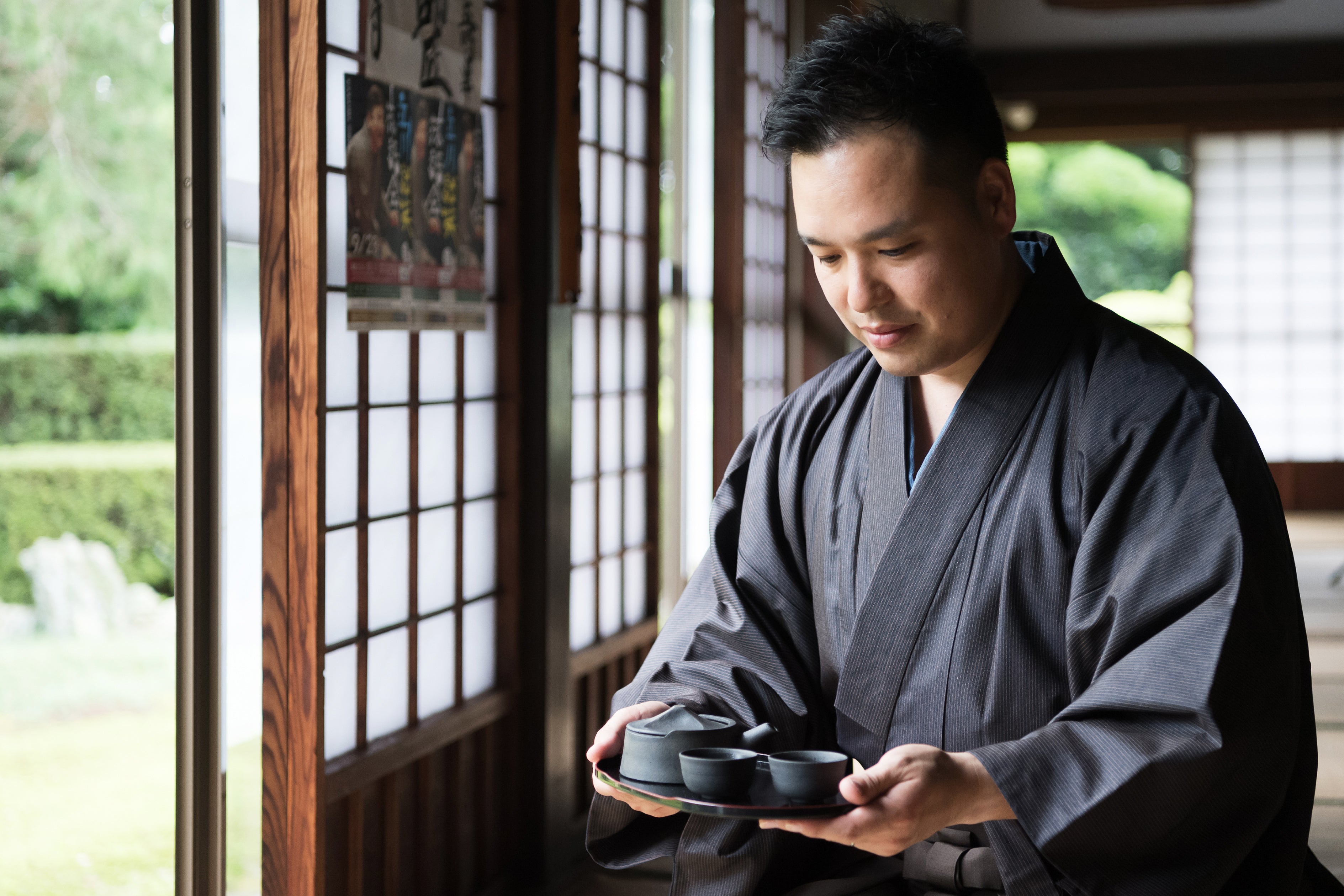

The first time my wife brewed tea for me in a teapot, the taste gave me a “surprise”. I want to give people who drink the tea I make the same kind of “surprise” and “excitement” as I did at that time. With this in mind, I continue to explore new possibilities for tea today.
